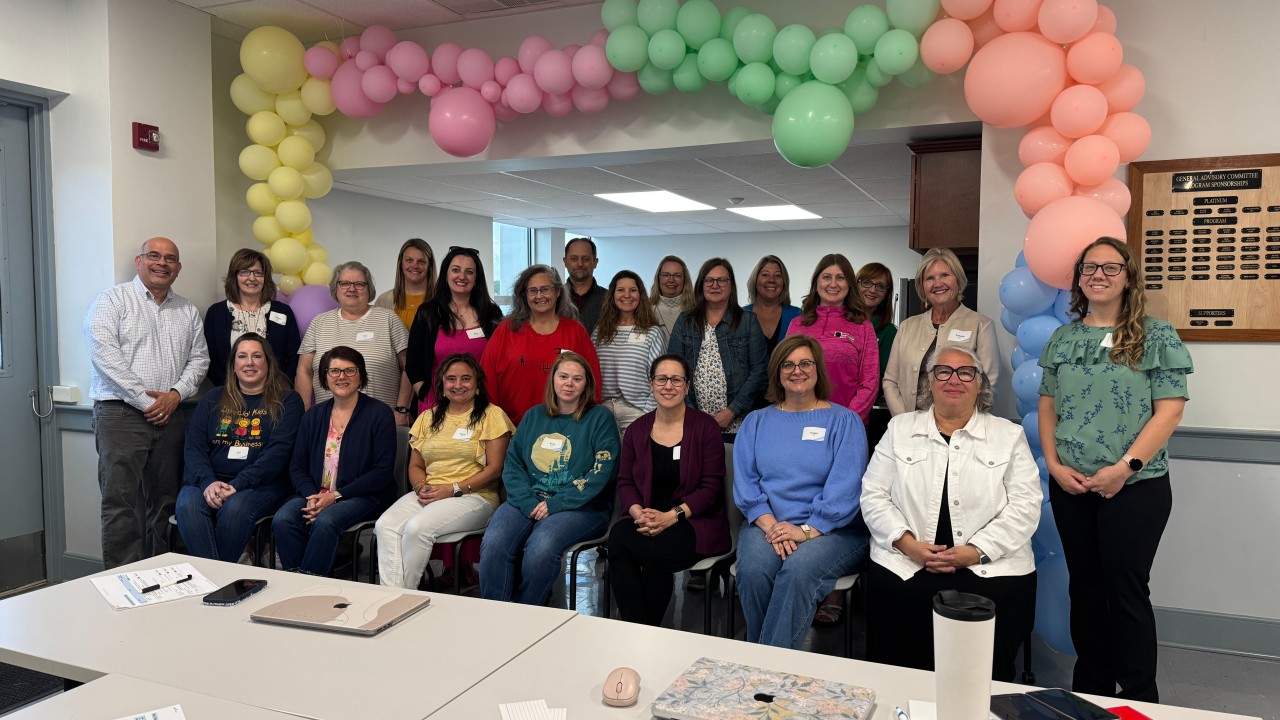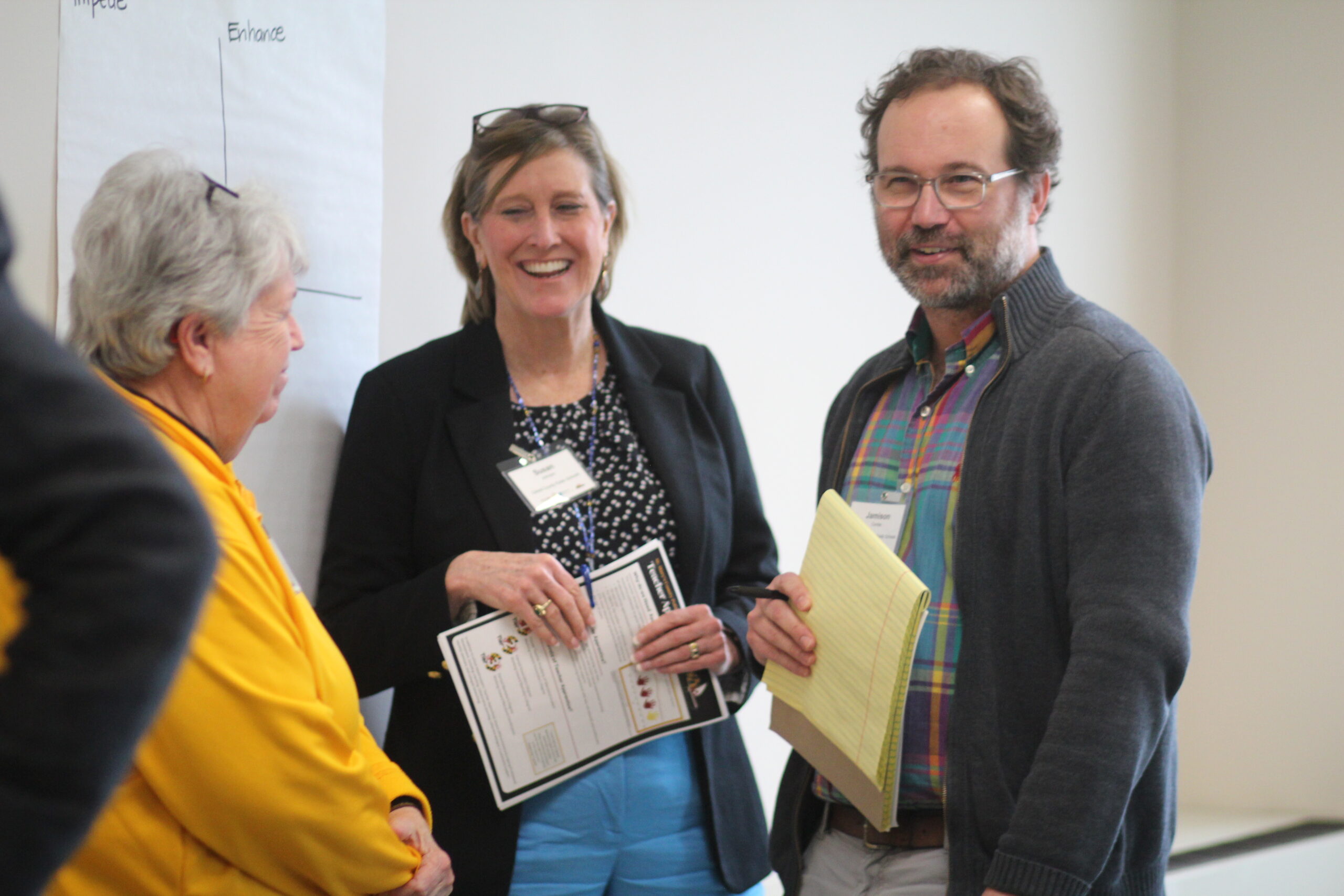
As jurisdictions around the world rethink the knowledge, skills and competencies students will need for a very different future, they are also considering what that shift means for the teaching profession. This has led to the development of new teacher competencies that reflect the broad goals that are being set for students. These competencies serve as standards for the profession, a framework for professional learning and growth and, in some cases, a tool for evaluation and accreditation. Hong Kong, Singapore and Estonia are three cases in point.
Hong Kong unveiled new standards for teachers in 2019, as part of a comprehensive effort to create a “vibrant” teaching profession for the future. The T Standards+ aim to enable teachers to “nurture learners today who are tomorrow’s leaders.” Standards for teachers are organized in three categories:
- caring cultivators of all around growth;
- inspirational co-constructors of knowledge; and
- committed role models of professionalism.
As caring cultivators, Hong Kong teachers are expected to “nurture students holistically through character-building”; “serve as role models”; and “enhance student capacity for self-management; self-regulation and life-long learning.” As inspirational co-constructors of knowledge, they “engage students in deep learning through inspiring them to construct knowledge individually and collaboratively.” And as committed role models of professionalism, they “pursue professional development individually and through sharing and collaboration” and “epitomize a quest for excellence and harmony.”
In Estonia, teacher professional standards were also updated in 2019. The standards state that the key role of a teacher is to “empower the learner” and create a “learning path” to realize the learner’s potential. The standards are organized in six areas of competency:
- supporting the learner;
- planning of learning and teaching;
- teaching;
- reflection and professional development;
- collaboration and supervision; and
- development, creative and research activities.
Each competency is focused on the teacher’s role in understanding the needs and interests of the learner, creating learning environments reflective of these needs and interests, supporting student well-being and socio-emotional development, and working collaboratively with students and their families. For example, teachers should: “notice and recognize learners different interests, abilities and needs” and “create trustworthy relationships with learners and parents.” In addition to this focus on learners, teachers are expected to reflect on their practice and focus on learning and improving their own work and the work of their school.
Finally, Singapore states that to prepare their students to be “future-ready” their teachers need to demonstrate the 21st century competencies they want for their students. The National Institute of Education (NIE), the teacher preparation and development institute for the country, has reflected this perspective in the way they have reframed their goals for teachers. They prepare graduates to be:
- creators of knowledge and not merely consumers;
- facilitators of learning and not merely transmitters;
- architects of learning environments and not merely implementers;
- shapers of characters and not merely participants; and
- leaders of educational change and not merely followers.
Hong Kong, Estonia and Singapore developed their competencies for a future-ready profession before the pandemic hit. But the pandemic has shown the value of their approach, as their teaching profession has proven more adaptable to ongoing changes. Other countries might wish to learn from their example.




